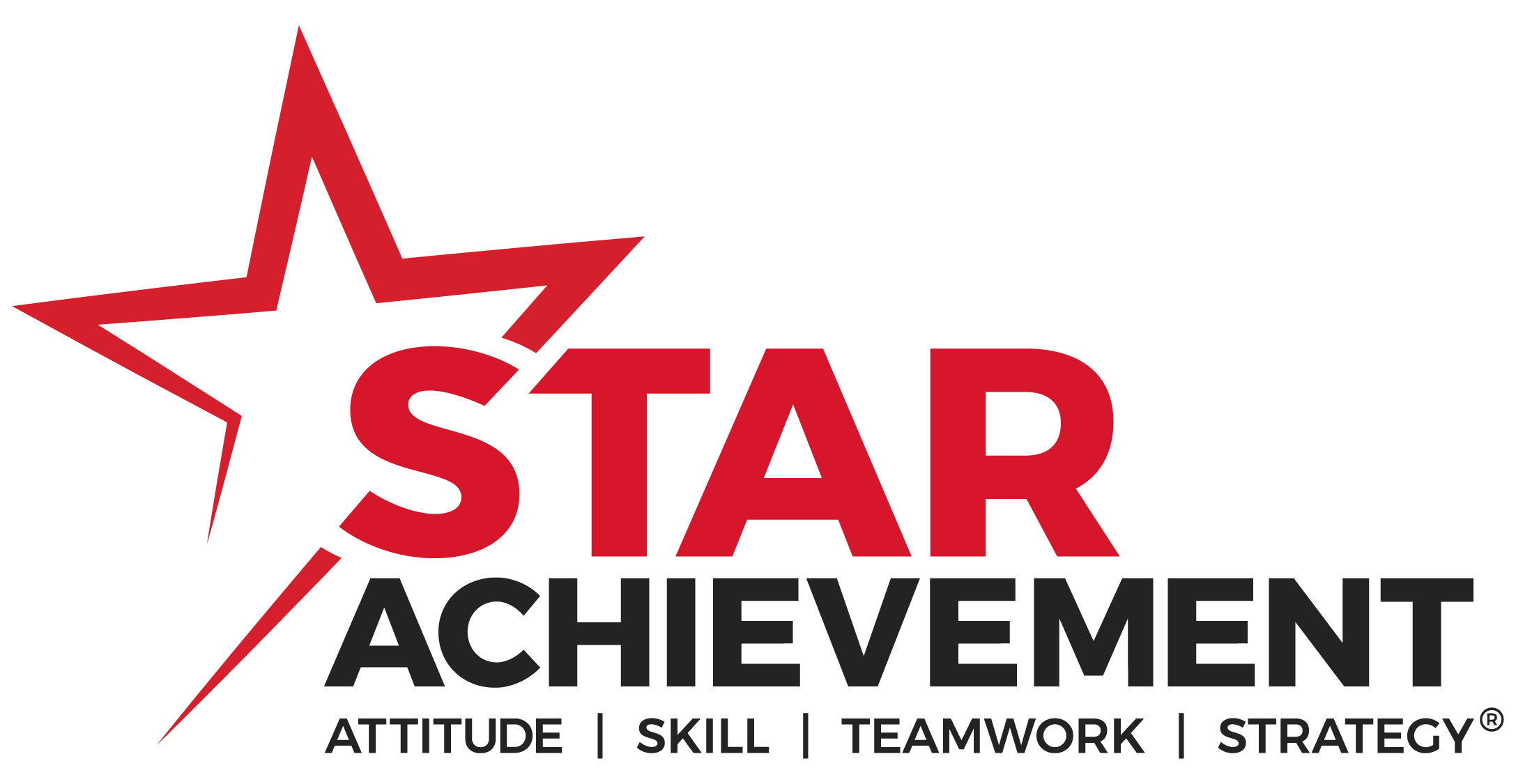Organize Like a Pro: Smart Systems for Assistants Who Do It All
Disorganization can quickly become a stumbling block for administrative assistants, whose roles often demand precision, agility, and efficiency. When tasks are misplaced, deadlines are missed, or priorities are unclear, the ripple effects can be significant—impacting productivity, creating unnecessary stress, and diminishing trust within a team. These 7 organizational techniques every assistant should know will help prevent the inefficiencies, wasted time, and strained communication that a lapse in organization can lead to.
Because administrative professionals are the heartbeat of any organization, ensuring smooth operations and tackling countless tasks each day, their role is indispensable. However, with endless responsibilities and competing priorities, staying organized can sometimes feel like a juggling act. This is why mastering effective organizational methods is paramount—not only to maintain productivity but also to reduce stress, improve time management, and ultimately achieve long-term professional success. A well-organized administrative professional keeps everything running like clockwork, making them a cornerstone of any thriving team or business.
If you’re searching for practical, proven solutions to improve your efficiency, this comprehensive blog is for you. We’ll explore several organizational techniques, starting with my tried-and-true ABC Method, which has served as a game-changer for administrative assistants worldwide. From there, we’ll examine additional approaches like the Eisenhower Matrix, Time Blocking, Kanban Method, Pomodoro Technique, Pareto Principle, and the 43 Folders Paper Method System.
By the end of this blog, you’ll have a toolbox of techniques to help you prioritize tasks, manage time effectively, and optimize your daily workflow as an assistant.
The ABC Method of Prioritizing Tasks
I developed the ABC Method to help administrative professionals take control of their to-do lists, cut through the noise, and focus on what matters most. At its core, this system revolves around prioritization, ensuring the right tasks are being tackled at the right time.
Step 1: Categorize Your Tasks
Begin by dividing your tasks into three priority levels:
- A: These are your most critical tasks. They must be completed today, with no exceptions.
- B: These tasks are important but not as pressing as A priorities. If necessary, they can wait until tomorrow.
- C: These tasks hold the least urgency. While completing them isn’t optional, they aren’t time-sensitive for today.
Step 2: Assign Sub-Priorities
Within your A category, rank tasks further to focus your energy:
- A1: The single most important task that absolutely must be completed first.
- A2: The next important task, and so forth.
Always complete A tasks before moving on to B or C priorities.
Step 3: Tackle Priorities with Flexibility
While the focus should remain on A-level tasks, it’s okay to step away periodically to handle quick, low-priority tasks (e.g., a C task that takes only a few minutes). This “small task intermission” can give you a sense of accomplishment, clearing your list while recharging your focus for significant tasks.
Practical Application:
If you’re managing an upcoming annual board meeting, your A1 task might be finalizing the agenda for the executives. Your A2 task could involve confirming the guest list. A B task could be formatting the presentation materials, while a C task might be updating a meeting room calendar.
The ABC Method ensures you’re always focused on closing out the day’s most critical objectives. It’s straightforward, adaptable, and ideal for the fast-paced, dynamic role of an assistant.
The Eisenhower Matrix
Popularized by former U.S. President Dwight D. Eisenhower, the Eisenhower Matrix is a powerful decision-making tool that helps you prioritize tasks based on urgency and importance. This system is ideal for assessing where your energy should go, and getting things done.
How It Works:
Divide your tasks into four quadrants:
- Urgent and Important: Tasks that demand immediate attention (e.g., a critical project deadline).
- Important but Not Urgent: Tasks to schedule for later (e.g., updating a procedures manual).
- Urgent but Not Important: Tasks to delegate if possible (e.g., ordering office supplies).
- Not Urgent and Not Important: Eliminate these tasks or review their necessity.
Practical Application:
Imagine you’re balancing meeting preparation and email correspondence. Answering time-sensitive executive emails falls under quadrant 1 (Urgent and Important). However, reorganizing shared folders—while necessary—belongs in quadrant 2 (Important but Not Urgent), so it can be scheduled when time permits.
Time Blocking
Time Blocking
Time Blocking is a productivity technique that involves scheduling specific tasks into dedicated time slots on your calendar, rather than working from a general to-do list. This method requires you to plan your day in advance, assigning each minute or hour with a clear purpose. By doing so, you create a structured schedule that ensures all your important tasks get the attention they deserve.
This technique helps you stay focused, minimizes wasted time, reduces decision fatigue, and allows you to regain control of your day. Whether it’s work projects, meetings, or personal errands, Time Blocking ensures everything has its place in your daily routine.
How It Works:
- At the start of the day (or week), review your to-do list.
- Break your day into blocks of time, assigning a specific task or group of tasks to each block.
- Honor the blocks—no multitasking!
Practical Application:
For example, you could block off:
- 9:00–9:30 a.m.: Check and categorize incoming emails.
- 9:30–10:30 a.m.: Prepare travel arrangements for the executive team.
- 10:30–11:00 a.m.: Catch up on approvals for new expense reports.
Time Blocking keeps you focused on one task at a time, reducing distractions and panic from unplanned interruptions.

Unlock your potential with the Star Achievement Series®
Ready to stand out and lead with excellence? The Star Achievement Series is where stars are made. This game-changing training builds confidence, strategic thinking, and executive-level presence through a proven curriculum. Thousands have transformed their careers—now it’s your turn to shine.
Kanban Method
Kanban Method
The Kanban Method is a highly effective visual organizational tool adapted from project management practices to optimize workflow and boost productivity. It uses a board format with distinct columns (e.g., “To Do,” “In Progress,” “Completed”) to track the stages of tasks or projects. Tasks are represented by cards that move across the columns as they progress, providing a clear, real-time overview of work status.
This method not only helps teams visualize their workload but also encourages collaboration, highlights bottlenecks, and ensures smoother task management. Popular in both professional and personal settings, Kanban is valued for its simplicity and flexibility.
How It Works:
- Create a Kanban board (digital versions using software like Trello or physical boards with sticky notes work well).
- List tasks under the “To Do” column.
- Gradually move items to “In Progress” and, finally, to “Completed.”
Practical Application:
You might create separate boards for ongoing team projects like software rollouts while still maintaining a personal “Daily Tasks” board. Using Kanban allows administrative assistants to quickly identify bottlenecks and maintain control over evolving projects.
Pomodoro Technique
Pomodoro Technique
The Pomodoro Technique is a time management method designed to boost productivity and prevent burnout. It involves breaking your work into focused sessions, followed by short breaks. This approach helps improve focus, maintain motivation, and ensures you stay refreshed throughout the day.
How It Works:
- Choose a task to work on.
- Set a timer for 25 minutes (one “Pomodoro”).
- Work uninterrupted until the timer rings, then take a 5-minute break.
- After completing four Pomodoros, take a longer break (15–30 minutes).
Practical Application:
The timer creates urgency, which can help assistants power through tedious tasks like filing or data entry while breaking them into manageable intervals.
Pareto Principle (80/20 Rule)
Pareto Principle
The Pareto Principle, also known as the 80/20 rule, suggests that 80% of your results come from just 20% of your efforts. This concept is widely used in productivity and time management to help individuals and businesses focus on the tasks that yield the greatest impact. By identifying and prioritizing these high-impact activities, you can achieve more significant results while minimizing wasted time and effort on less productive tasks. The principle can be applied across various areas, from business strategies to personal goals, making it a powerful tool for improving efficiency and effectiveness.
How It Works:
- Review your current responsibilities.
- Identify which 20% of tasks yield the most results.
- Shift focus to achieving these tasks first.
Practical Application:
If prepping a meeting takes up most of your morning, yet only a small portion directly contributes to value (e.g., confirming speakers), prioritize those critical activities first.
43 Folders Paper Method System
43 Folders Paper Method System
For paper lovers, the 43 Folders Paper Method System offers an analog but highly effective way of tracking daily and monthly responsibilities. This system includes 43 folders—31 for days of the month and 12 for each month of the year.
How It Works:
- File items you need to address on a future date into the corresponding daily or monthly folder.
- Check the day’s folder every morning to retrieve tasks.
Practical Application:
This method works beautifully for assistants juggling physical documents like mailers, invoices, or event invites. You can learn more about this system by checking out our recent blog on the topic here.
Bringing It Together
Mastering organizational skills isn’t about choosing one perfect system—it’s about finding the right combination of techniques that enhance your strengths and improve how you handle priorities. The ABC Method provides a solid foundation, while approaches like the Kanban Method or Time Blocking offer flexibility for unique challenges.
I encourage you to take the first step to refine your workflow by implementing one or more of these systems. By doing so, you’ll not only boost personal productivity but also elevate the impact you make on your executive and team.
Just like with many aspects of life, it’s important to periodically revisit your organizational methods to ensure they’re still serving you effectively. Your needs and responsibilities can change over time, and what once worked perfectly may no longer align with your goals or priorities. Take time to assess what’s working well and what isn’t.
Are you struggling to meet deadlines, or feeling overwhelmed despite your efforts? If so, it might be time to explore alternate solutions or refine your current approach. The key to sustainable productivity is adaptability—don’t be afraid to experiment and adjust until you find a system that truly supports your success.
Organization is a skill—not a talent. With practice, you can transform chaos into clarity, opening doors to greater efficiency and professional growth.
Which system will you try first? The power is in your hands!
About Office Dynamics International
Founded in 1990, Office Dynamics International is the global leader in training and development for administrative professionals.
We empower assistants to grow from task-takers to strategic business partners through online courses, in-person conferences, and customized on-site corporate training designed to elevate individual and team performance.
Our Star Achievement Series® / CEAP certification course builds organizational and other skills that assistants need right now. The next virtual cohort begins on April 29—a perfect opportunity for assistants and their companies to invest in long-term professional growth.

